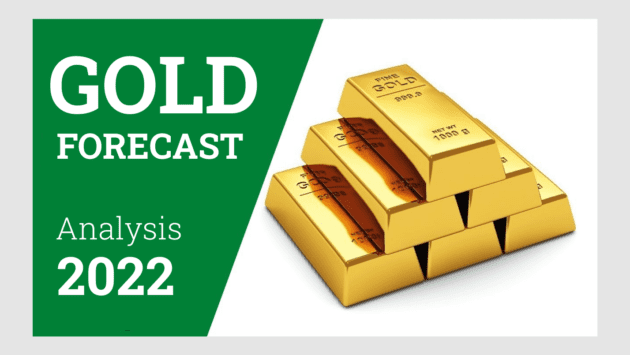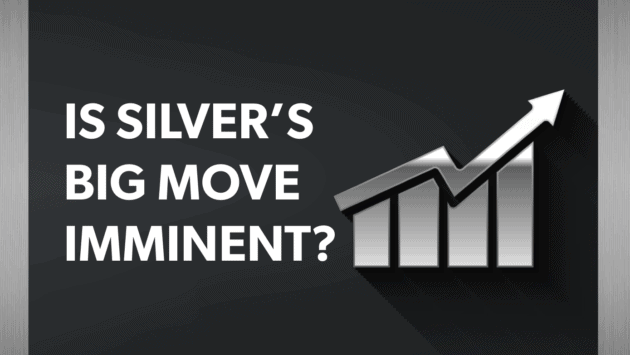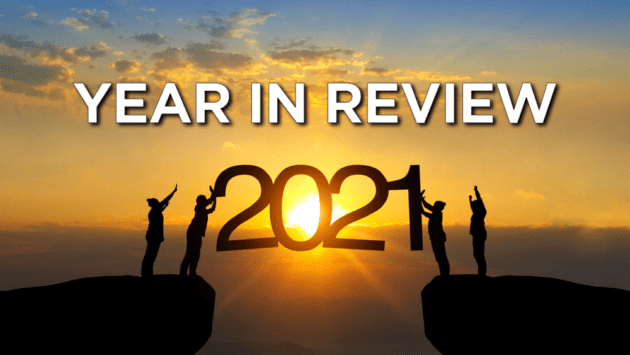The Fed does not understand the forces driving Inflation
In 2017, when Janet Yellen chaired the Fed, she delivered a speech to the National Association for Business Economics in Cleveland. During her speech, she uttered these “comforting” words:
“My colleagues and I may have misjudged the strength of the labor market, the degree to which longer-run inflation expectations are consistent with our inflation objective, or even the fundamental forces driving inflation.”
The key takeaway from Yellen’s words is “we may have misjudged… the fundamental forces driving inflation”. This is Fed speak for “we really don’t understand inflation and what causes it.”
Then, in November 2021, Yellen (now Treasury Secretary) said this on CNN’s Amanpour:
“In the 1970s, a series of supply shocks became a longer run problem […] that partly occurred because policy makers weren’t trusted by the public to deal effectively with inflation. But I certainly see no evidence that that’s the case now.“
“Not the case now….” Really?! At the time Yellen gave that speech, inflation had risen steadily for eight months, and the Fed believed that supply shocks, in part, were causing prices to rise. The concept that our inflation is “transitory” was promoted then by Fed Chair Powell and his minions until economists and reality showed how the Fed again is true to Yellen’s words. It doesn’t understand the fundamental forces behind inflation.
When you take Yellen’s second statement where she believes that trust in policy makers in many ways can help curb inflation, you can see the predicament we are in right now. The public’s confidence in the Fed to overcome inflation in 2022 is generally low. It’s low because we see that reality moves differently than the Fed’s models, and it’s low for anyone that takes the time to learn our history of poor Fed response to rising inflation.
As our current round of inflation continues to rise, it’s more than possible that the Fed’s planned tapering of its bond purchases will be insufficient to curb the rise of inflation. The reports of more Fed inflation-fighting steps in the form of three possible interest hikes in 2022 may be effective hypothetically. But some analysts think it’s unlikely they could be implemented swiftly enough to prevent an inflation spiral from taking hold.
All this is not part of a sinister Fed plan to destroy our economy. There are just many things the Fed must know to address inflation properly, and without this specific knowledge, the central bank is duck-hunting in the dark.
What the Fed doesn’t know
The Fed has a few levers to pull to intervene in the workings of our economy — it sets interest rates and can add money to or remove money from our money supply by purchasing bonds and by setting the adequate amount of reserves banks need to have on hand.
To deal with Inflation without tanking the economy, the Fed needs to know the proper interest rates, when and how much stimulus to add to our money supply, and — when the economy runs too hot — when to remove excess liquidity from our money supply.
Affecting the US economy, which has a GDP amounting to over $20 trillion per year, is not a crapshoot. The Fed needs to be precise and thoughtful. But how can the central bank do that when it doesn’t know many factors needed for making good decisions? For example, how much of our current inflation is due to the pandemic itself, and how much of it is due to the massive stimulus response following the pandemic.
And we can go even further back. The Fed doesn’t know if there is a connection between today’s inflation and the easy monetary policy that was started prior to the pandemic. We had four years of near 0% interest rates prior to the pandemic. Did that contribute to inflation directly, or did it create a foundation for the current inflation? The true answer is: No one really knows.
And how about accounting for life expectancy in the US, which dropped 1.8 years from 2019 to 2020. That’s the first time in the history of the Fed that this has happened. How will this impact the economy long-term and the Fed’s decision making? Again, your guess is as good as the Fed’s.
But we don’t need to go to death and loss of labor force. What about just a more fragile labor force. The Fed has no way of knowing how many people will be affected by Covid long-term, what the severity will be, and how it will affect the labor force and our productivity for months or even years to come.
And when the Fed considers setting the right interest rate for a recovery, there’s no way it can be sure about what the ideal interest rate in a post-pandemic-shock environment is. What is the perfect recipe for an interest rate that will reverse the rising inflation without shocking the economy and send financial markets tumbling — they simply don’t know because they can’t know.
What about another virus strain to follow Omicron… Do we have a guarantee that when the Omicron wave is over, we will be done with Coronavirus as a pandemic for good? Even when dealing with the Omicron wave itself, we are still in the dark. On a personal note, with 15% of our own company’s employees sick and not working; recovering but not well yet; or working at a lower capacity, I have a difficulty estimating when we could be back in full force.
It’s the season for hunting ducks in the dark
What the Fed knows is that there are lots of unknowns. Lots of uncertainty. The Fed simply doesn’t have the facts to allow it to effectively tackle these challenges and relieve their impact on the financial markets and our economy.
Does it mean the Fed will fail? No. But are you willing to bet your savings on their success? The only thing we know for certain is that it’s important to be as prepared as possible for whatever comes next.
May you be well and safe in these uncertain times.

Joseph Sherman, CEO
Gold Alliance
The post What the Fed Doesn’t Know About Inflation appeared first on Gold Alliance.




